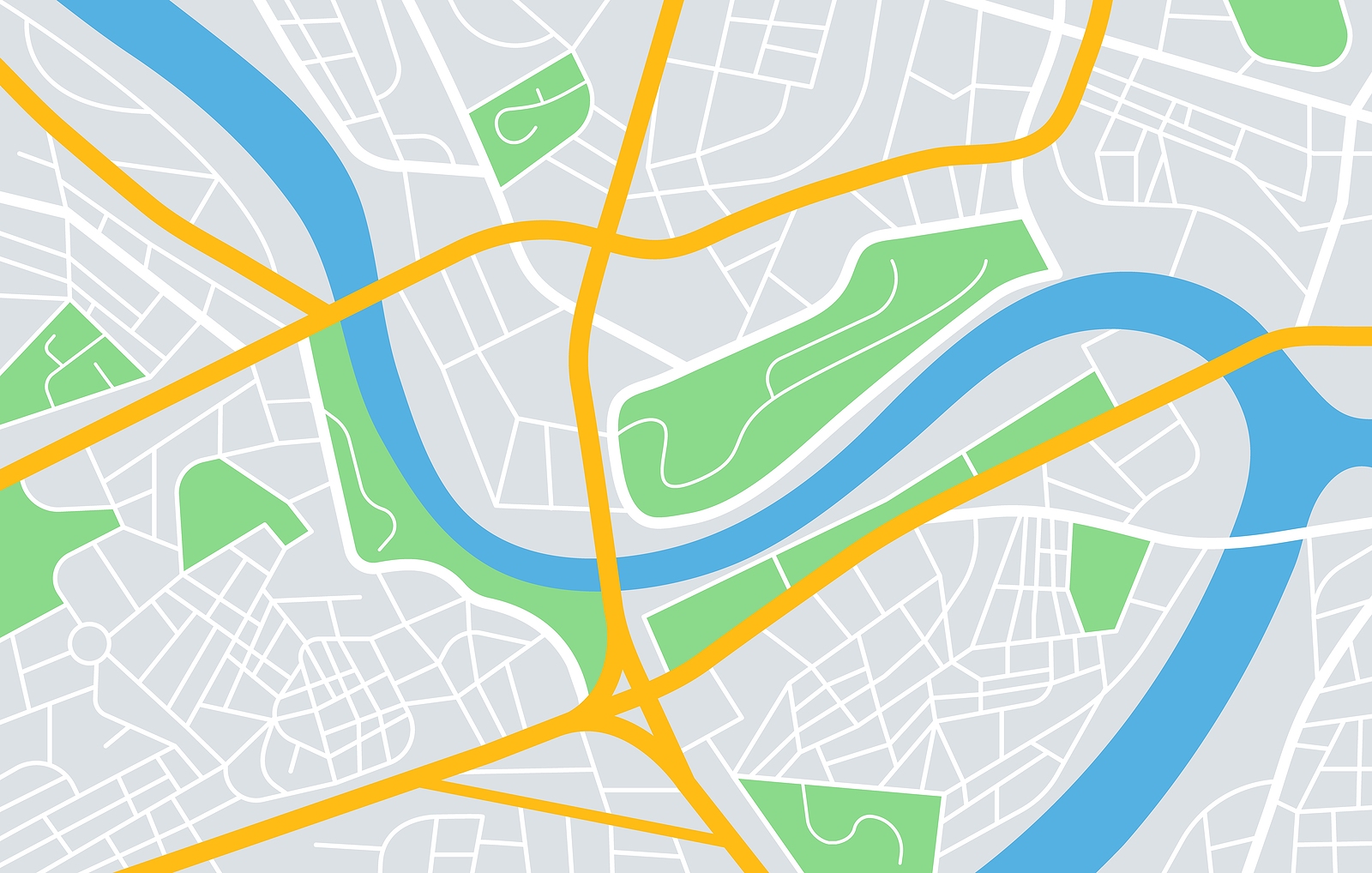State law allows cities certain powers and abilities to provide services and shape the development of areas outside their established boundaries. This allows for the orderly transition of property that is developed outside city limits to eventually be part of the city. Zoning can be a complicated issue, and cities should consult with their city attorney prior to taking action. Most counties also have zoning ordinances, so it is important for cities to work cooperatively with their county to address areas outside of city limits.
Zoning
With certain restrictions, cities have the ability to extend city zoning up to two miles beyond the city limits. It is often in a city’s best interest to use this power to have consistent and safe structures that match current city regulations. This is particularly important as the area may someday be within city limits through the process of annexation.
Residents of areas adjacent to cities enjoy many of the same quality of life benefits of those living within cities, while not contributing city property tax revenue. Although the area may not become a part of the city, state law recognizes the value of allowing cities to have a stake in the development bordering the city for possible future inclusion.
Code of Iowa Section 414.23 grants cities extraterritorial jurisdiction to review nearly all land uses within two miles as long as the area in question is not covered by a county zoning ordinance. Cities within a county that has a zoning ordinance should strive to work with their county to approach such regulation on a more regional basis. If a county adopts a county zoning ordinance at a later date, the power exercised by the city and the specific regulations are generally terminated within three months of the establishment of the administrative authority for county zoning. This power can be extended to a later date, but only if mutually agreed upon by the city and the county. In areas where two cities are located less than four miles apart, the Code provides the ability for each city to zone up to a line that is halfway between those cities.
Cities wanting to use extraterritorial jurisdiction must do so by ordinance, and the area in question needs to be defined and included in that ordinance. It is also important to note that a city’s power has several limitations, including the zoning provisions in Code Chapter 414. This chapter details most of the abilities cities have regarding zoning.
In addition, Section 414.23 specifically exempts the ability of cities to regulate land used for agricultural purposes (which is defined in Section 335.2). In general, this would exempt any land, farmhouses, farm barns, farm outbuildings or other buildings or structures from city regulation while they are being used for agricultural purposes.
Rights of Residents/Board and Commission Membership
Residents living in the area outside city limits to be zoned have the same rights as those living in the city. That is, the property owners have the same rights of hearing, protest and appeal.
A city that uses extraterritorial zoning must increase the size of both its planning and zoning commission and its board of adjustment by two members, pursuant to Section 414.23. The planning and zoning commission must include a member of the board of supervisors, or the board’s designee, and a resident of the area outside the city limits over which the zoning jurisdiction is extended. The additional members of the board of adjustment shall be residents of the area outside the city limits over which the zoning jurisdiction is extended. These members serve for the same terms of office and have the same rights, privileges and duties as other members of those respective bodies.
In 2022, the state legislature added a new requirement for such membership that stipulates at least one of the additional members of the planning and zoning commission and the board of adjustment to be owners of land (in the extended area) that is actively used for agricultural purposes.
Review of Plats within Two Miles of a City
Code Section 354.9 allows cities to review subdivision plats or survey plats for divisions or subdivisions outside the city’s boundaries as long as the city also regulates those same items within the city limits. This authority must be exercised by ordinance which must describe the area subject to the city’s review and approval. The area of review must also be recorded in the county recorder’s office and filed with the county auditor.
If the subdivision lies in a county that has a zoning ordinance and is also within the area of review of a city, it must be submitted to both the city and the county for approval unless that right of review is waived by resolution. The standards and conditions applied by a city or county for review and approval shall be the same standards and conditions used for review and approval of subdivisions within the city limits or shall be the standards and conditions for review and approval established by agreement of the city and county through a 28E agreement.
If a city establishes overlapping areas of review outside their boundaries, then it can establish a 28E agreement that provides reasonable standards and conditions for review within the overlapping area. If no 28E agreement is recorded, then the city which is closest to the boundary of the subdivision shall have authority to review the subdivision.
Horizontal property regimes (more commonly known as condominiums) in the two-mile area outside city limits are also subject to the same review as subdivisions.






